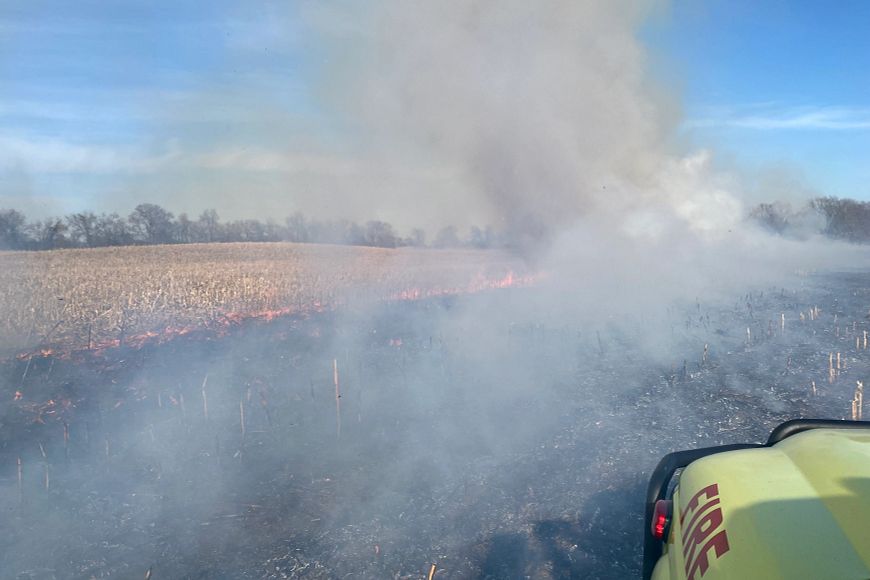Newsroom
Investigation Underway Into Death At Devil's Lake State Park
The Wisconsin Department of Natural Resources (DNR) is investigating the death of one person at Devil’s Lake State Park in Sauk County.
Education | Environmental Protection | Water Use
Conserve Water, Fix A Leak This Week
The Wisconsin Department of Natural Resources (DNR) is highlighting the importance of preventing household water waste and practicing water conservation in recognition of the Environmental Protection Agency (EPA)'s Fix A Leak Week, March 18–24.
Wisconsin Tree Leaders Recognized For Exceptional Community Service
The Wisconsin Urban Forestry Council recently announced its annual awards honoring those dedicated to protecting, preserving and increasing the number of trees that line city streets, fill community parks and beautify neighborhoods throughout the state.
Education | Emergency | Safety | Forest Fire
Avoid Burning: Wisconsin Experiencing High Fire Danger This Weekend
With no significant rainfall across much of the state expected over the weekend, the Wisconsin Department of Natural Resources (DNR) once again asks the public to avoid burning due to elevated fire danger.
Awards | Environmental Protection | Recreation | Wildlife Habitat
DNR Recognizes Conservation Partners And Friends Groups For Stewardship Of Fish And Wildlife Areas
The Department of Natural Resources (DNR) awarded the first ever Adopt a Fish or Wildlife Area and Friends Group of the Year awards to conservation partners.
Need an expert?
- The Office of Communications connects journalists with DNR experts on a wide range of topics. For the fastest response, please email DNRPress@Wisconsin.gov and the first available public information officer will respond to you.



